Following our exploration of the essential tools every beginner should possess, it’s only fitting that we delve into the crucial topic of maintaining those tools for longevity and effectiveness. A well-maintained tool not only prevents the spread of pathogens but also extends its lifespan considerably. In this guide, I’ll unveil a streamlined process to swiftly and efficiently how to clean your bonsai tools. We all lead busy lives, so efficiency is key, and this method caters to both Carbon Steel and Stainless Steel tools.
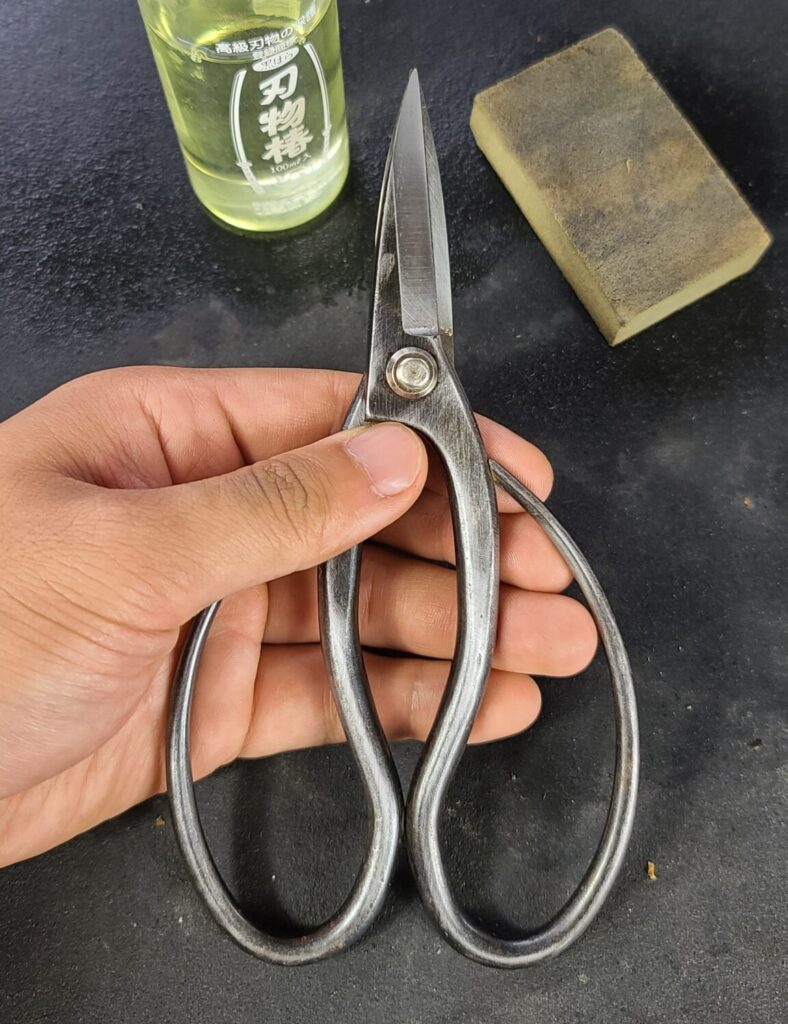
Let’s embark on this journey, armed with the necessary supplies:
- Microfiber Cloth: Perfect for wiping off dirt and drying your tools.
- Crean Mate: A reliable rust and buildup remover, indispensable for pristine tools.
- Alcohol: Your tool’s ally against harmful pathogens, ensuring a clean slate.
- Camellia Oil: The secret weapon against rust and a guardian of your tool’s lifespan.
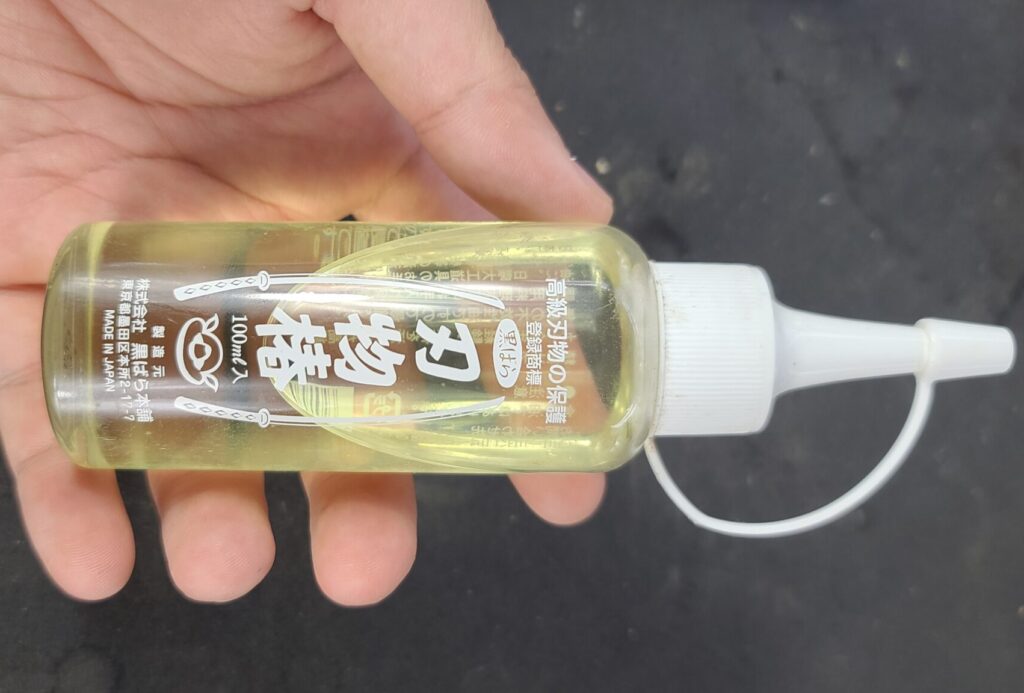
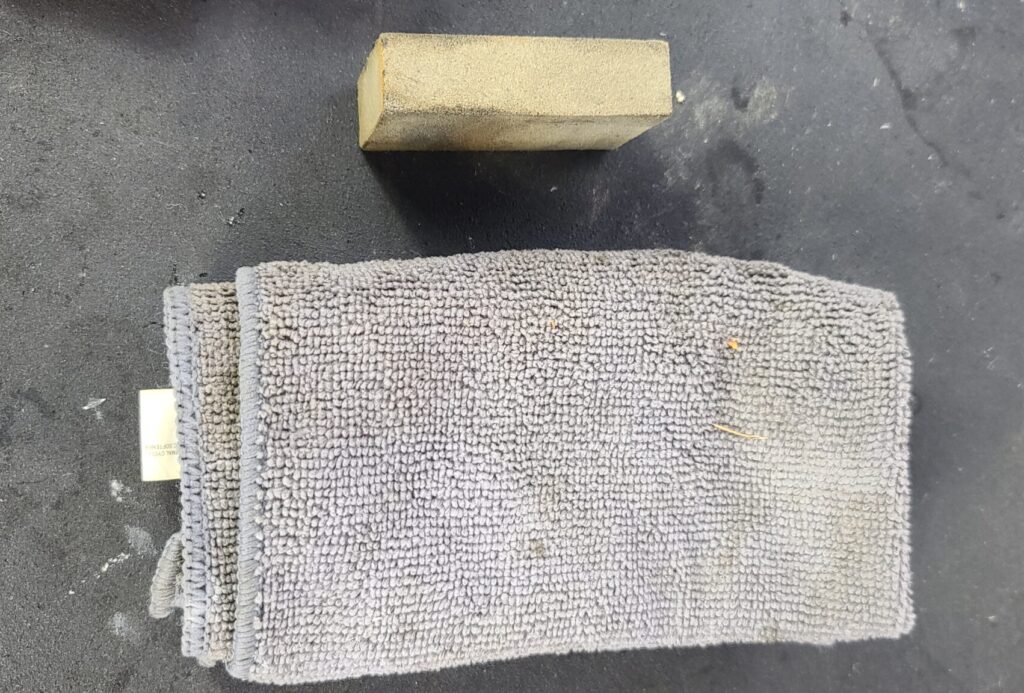
Step-by-Step Guide: The Art of Bonsai Tool Cleaning
1. Prepare Your Cleaning Supplies: As Sun Tzu wisely noted, “every battle is won before it is fought.” Similarly, your success lies in preparation. Gather your tools and supplies, laying the groundwork for efficient cleaning.
2. Disinfect Your Tools: Begin by applying alcohol to both sides of your tool. This strategic move wards off undesirable pathogens, a crucial step, particularly if you’re working with plants like chojubai or roses.
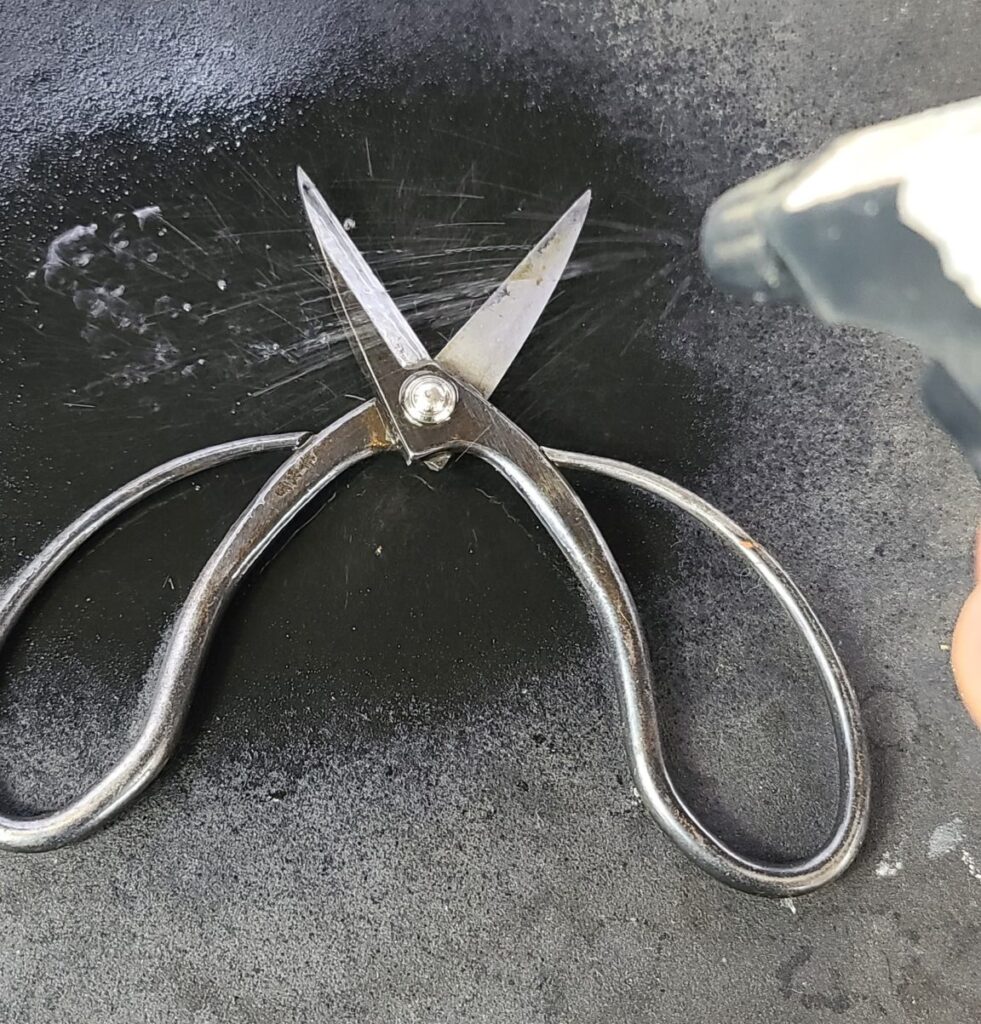
3. Clean and Remove Rust and Sap: After disinfection, set your sights on tackling rust and sap. Crean Mate comes to your rescue here. Gently rub the cleaner back and forth, focusing on the sides rather than the tool’s edge. This meticulous process effectively rids your tool of debris, rust, and sap.
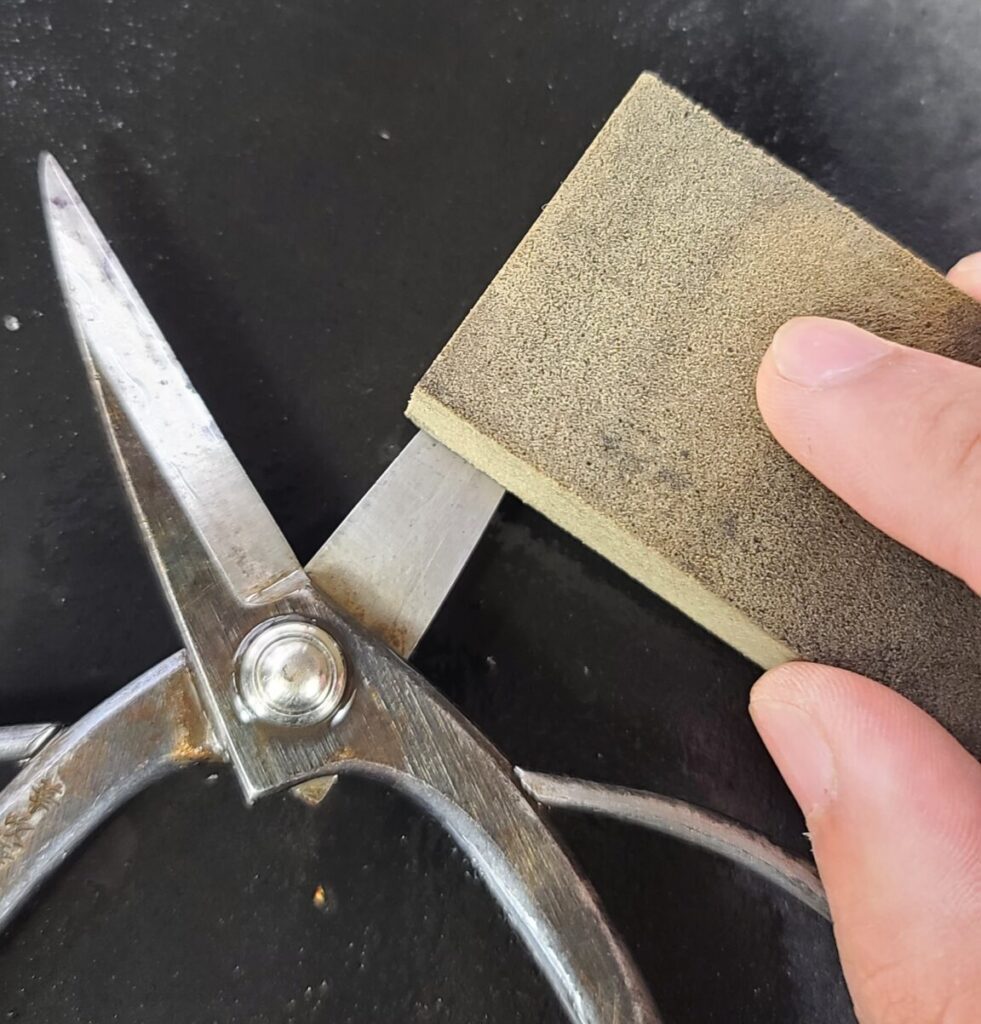
4. Rinse and Dry Your Tools: Following the Crean Mate cleaning, you’ll notice a slew of dark debris. It’s best to rinse your tool with either alcohol or water. Once rinsed, employ your microfiber cloth to ensure thorough drying.
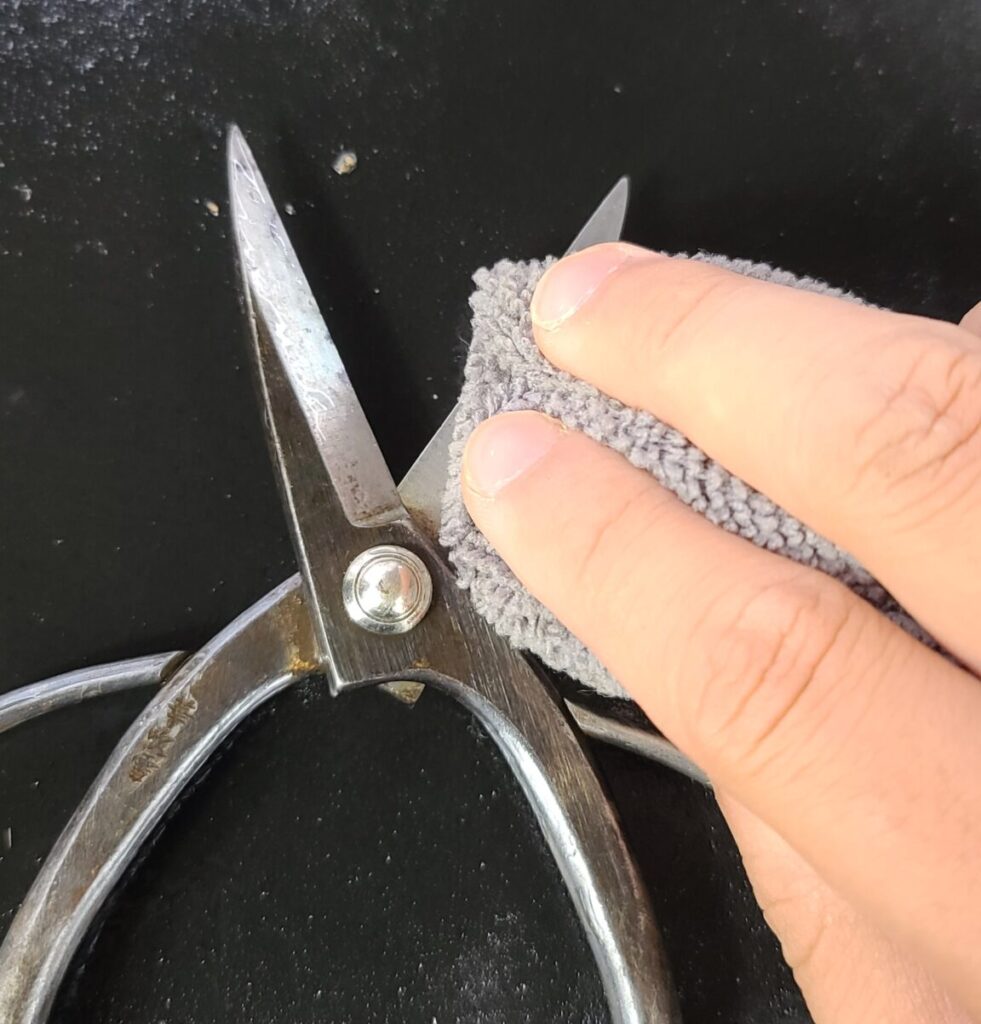
5. Apply Oil to Preserve Longevity: Your tool now stands revitalized and clean. However, before stowing it away, there’s one more step to ensure its longevity. Apply a protective layer of camellia oil to ward off rust. This measure safeguards your tool’s effectiveness for the long term. Be sure to wipe away any excess oil.
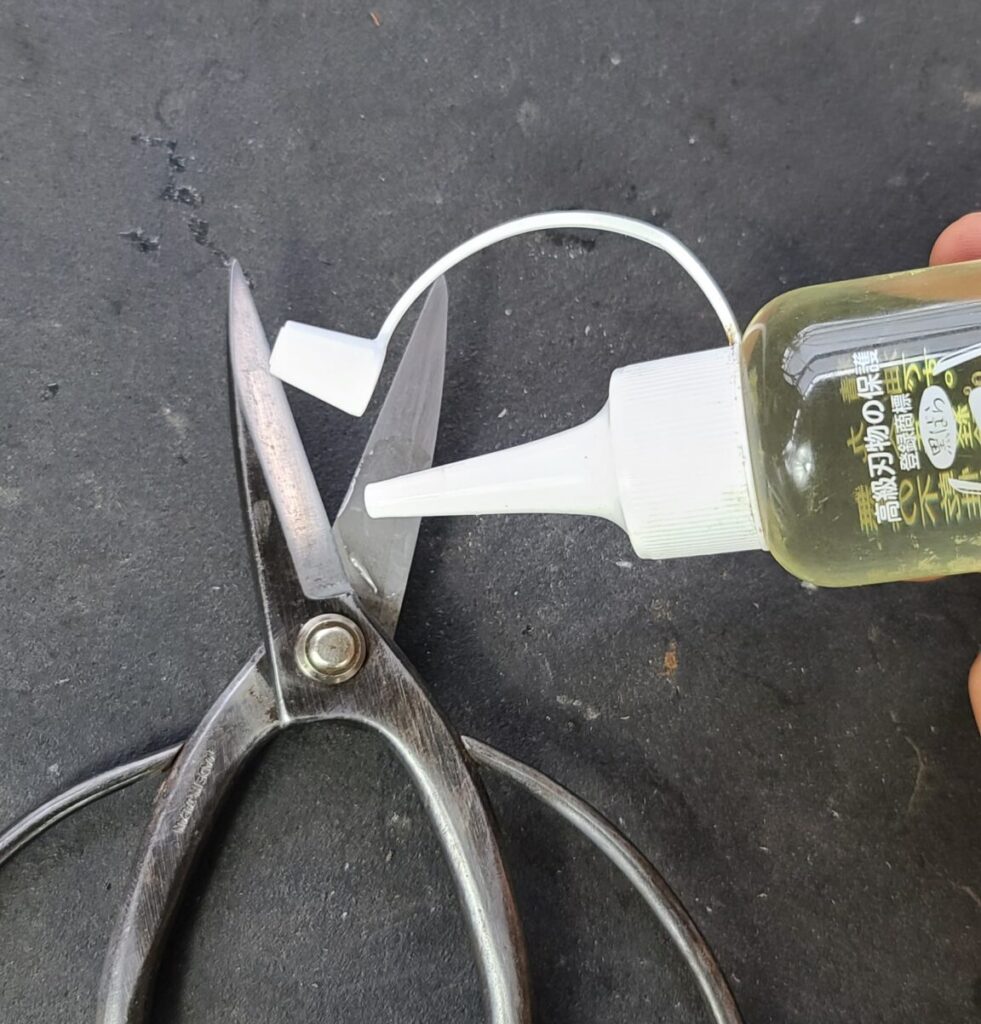
Upon completing these steps, your bonsai tool is primed for storage or future use. We extend our heartfelt gratitude for accompanying us through this guide. As always, until our paths cross again, happy cultivating!